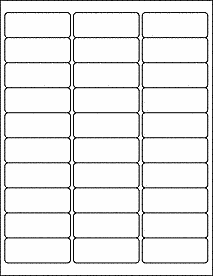In fifth grade, it is an expectation that students keep math notebooks. (It's actually an expectation that they have notebooks for all subjects in preparation for middle school.)
They use their notebooks for all sorts of tasks: note taking, vocabulary, word problem practice, sorts, guided practice and homework. Most students are done with their first composition notebook by winter break (with writing on both sides). Notebooking isn't just for handwriting practice, it's a personalized written journey of their understanding of math. It documents their path toward mastery.
Organization is important and a skill many students struggle with, so we create table of contents charts together.
(Available here)
We methodically number the pages, talk about the importance of writing on both sides and most importantly, building a resource that they can use.
At least once a week, students work on word problems. For some of my slower writers, it was taking a good five minutes to copy down word problems. That's about four and a half minutes too long because I want math time to be spent doing math, talking about math, thinking about math and writing about solving math problems...not route copying from the board.
So, I improvised. Sometimes I'll type up the longer problems on paper, then print enough copies and have students tape or glue the pages into their notebook, similar to this teacher's blog post.
Sometimes, if the problem is short enough to fit on a sticky label, I'll print a sheet with the same problem copied thirty times. I pass out the sheet to my class and they stick the address label at the top of their notebook page. From there, they use the rest of the page (or half of the page) to show their work and explain their thinking.
I go through a lot of these:
But in doing so, it means more of our math time is spent doing math together. Plus, if I type it up, they are guaranteed to have all the pieces of the problem :)
We also use the address labels at the beginning of the year when we go over the 8 math practices. Students have the practices on sticky labels in their notebooks, then as they learn centers, they make notes about which math practices they're using. By the end of the year, most students independently discover that a good math lesson and a good math center will have most, if not all, of the math practices in some way.
Does typing up the word problems take a little bit of prep? Yes, but no more than ten minutes once you've got the routine down. But isn't ten minutes of your time better than having students waste math time copying when they could be working collaboratively?
Ms. Vice




No comments:
Post a Comment